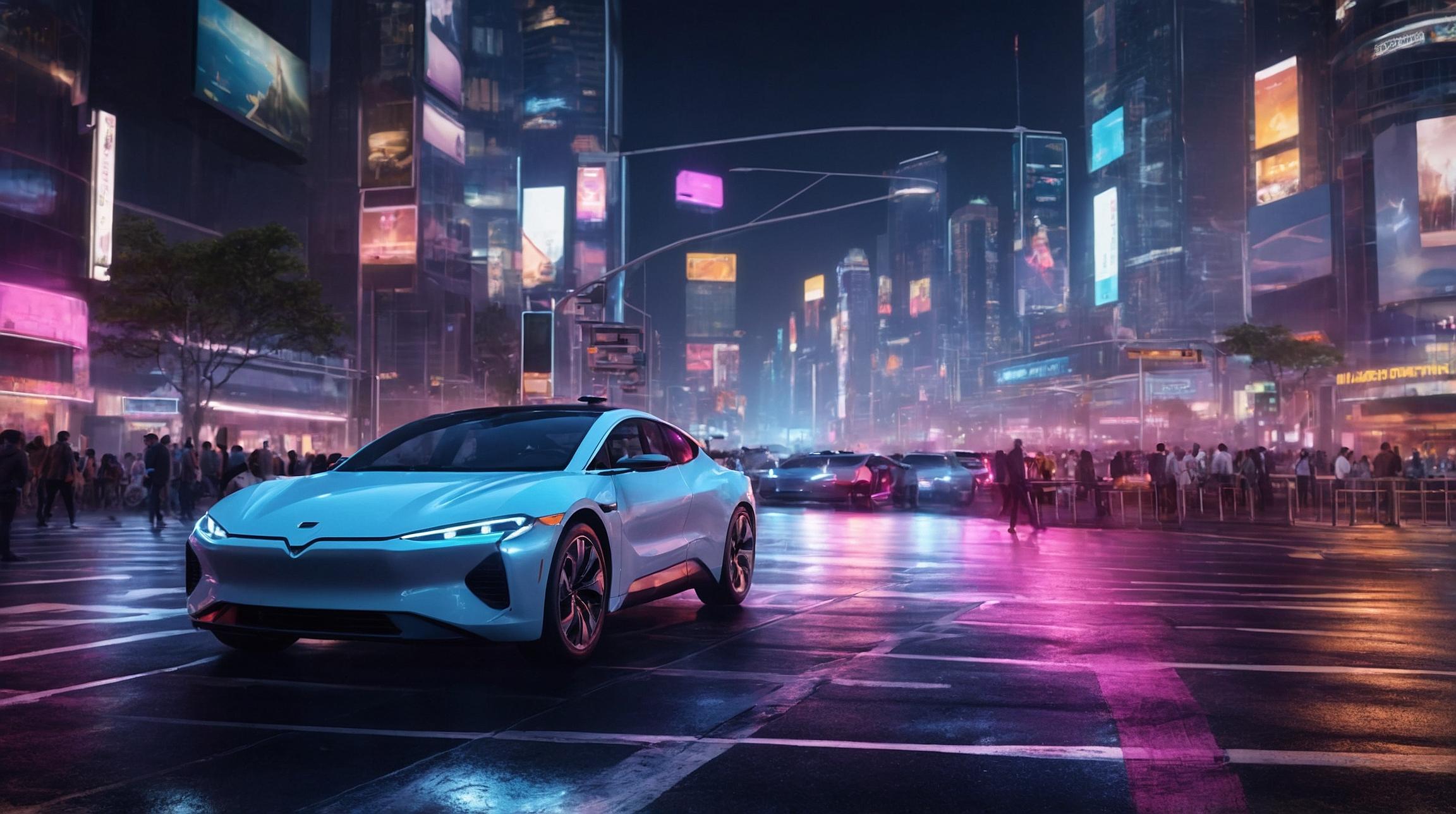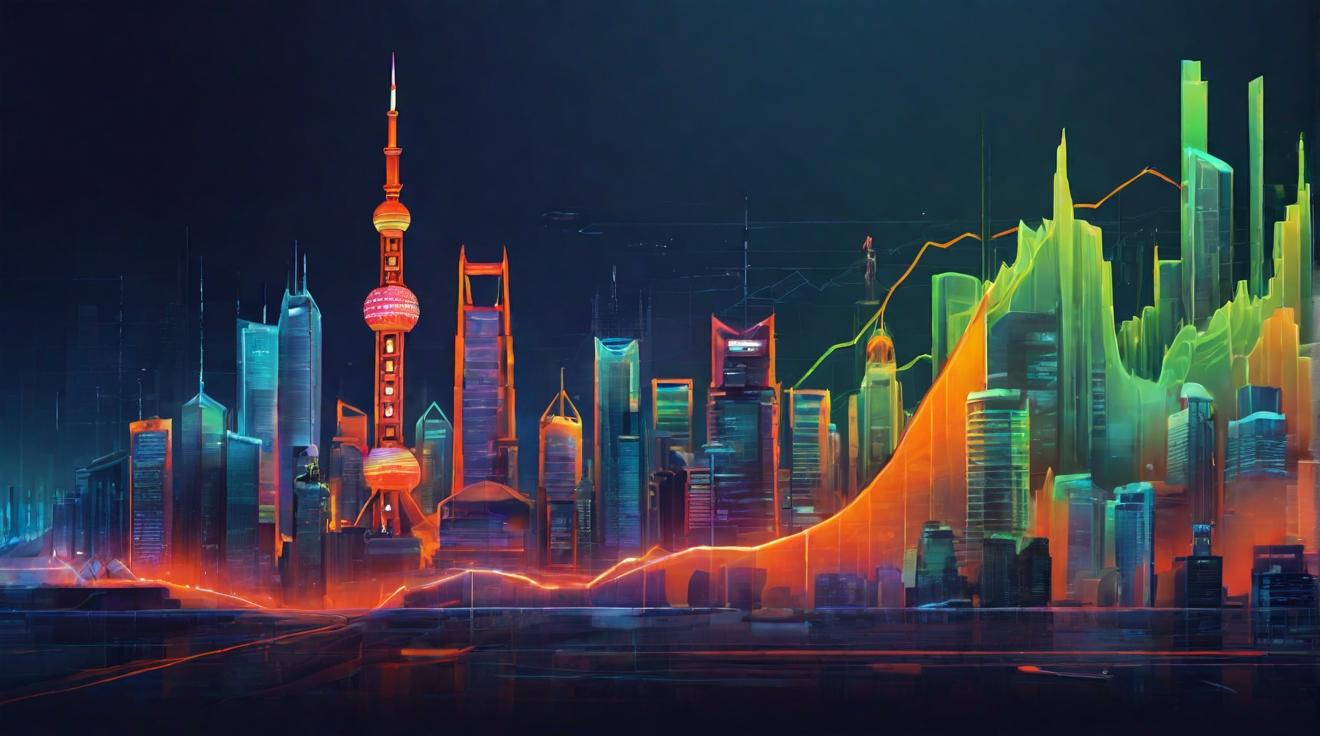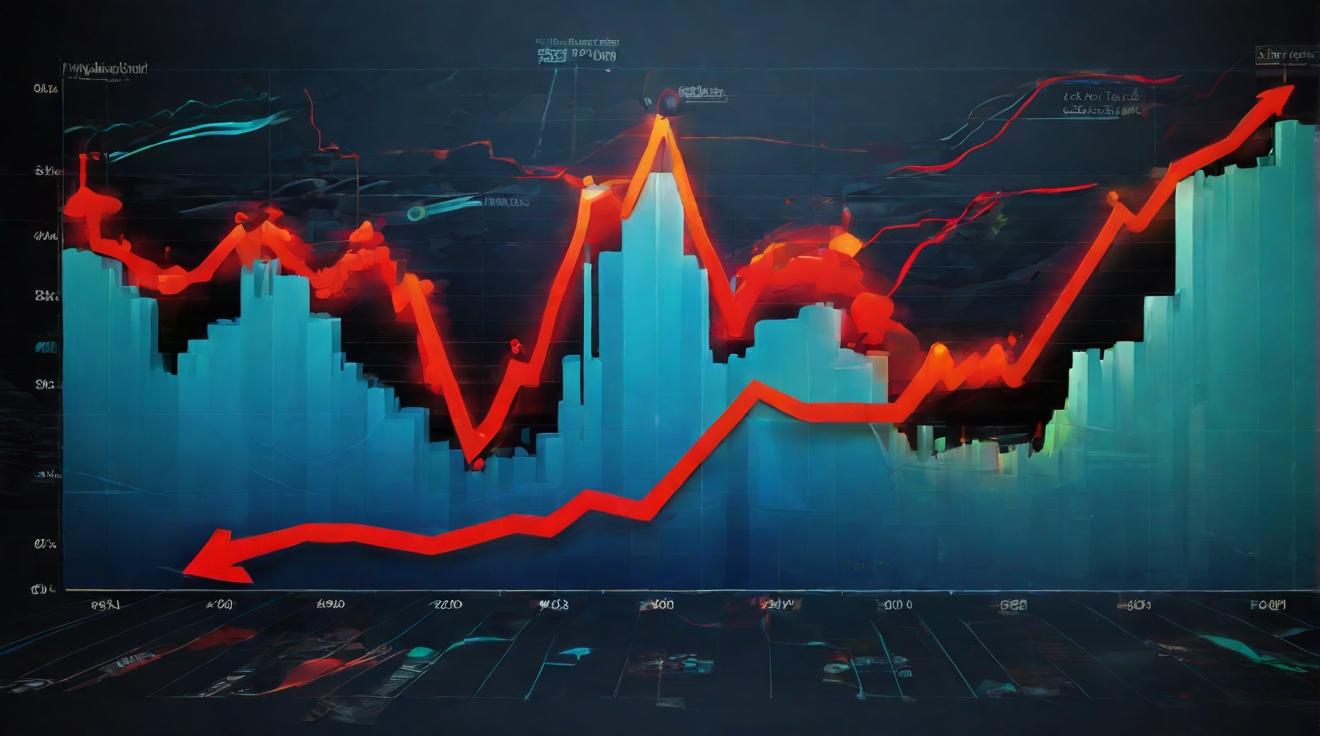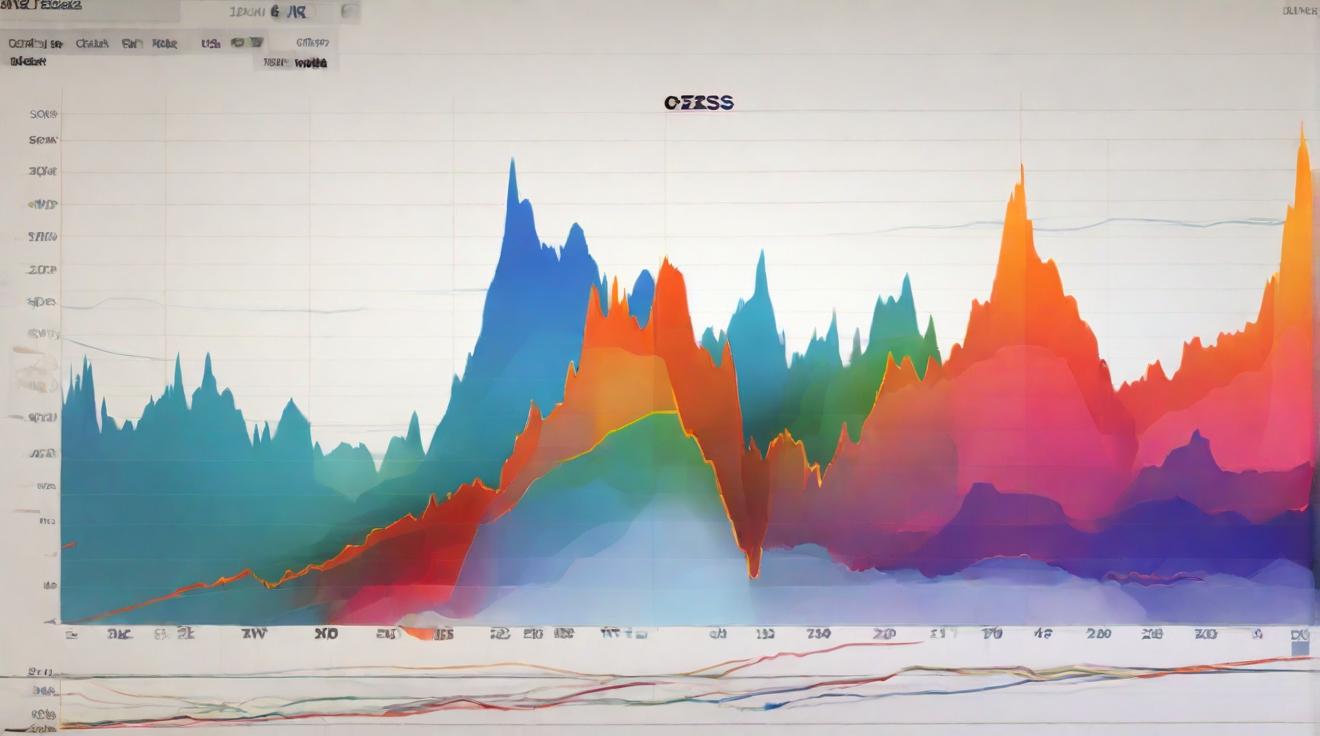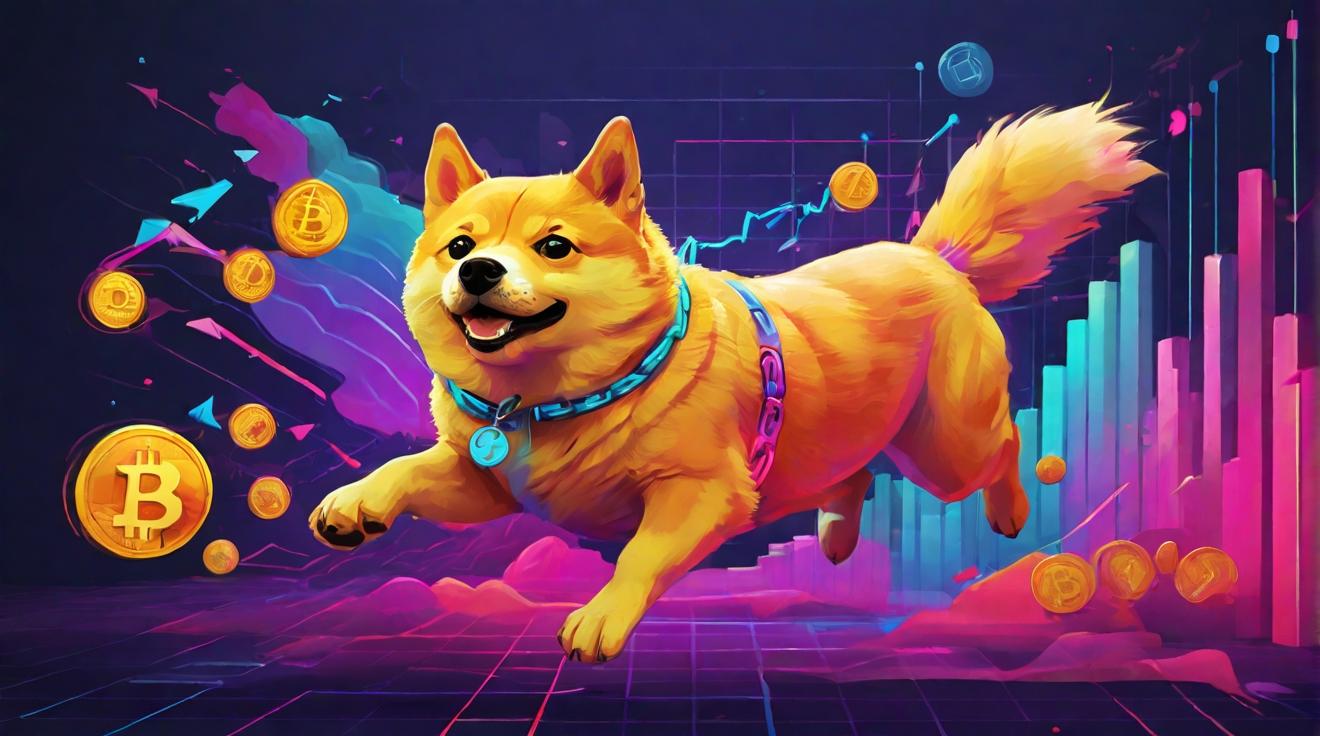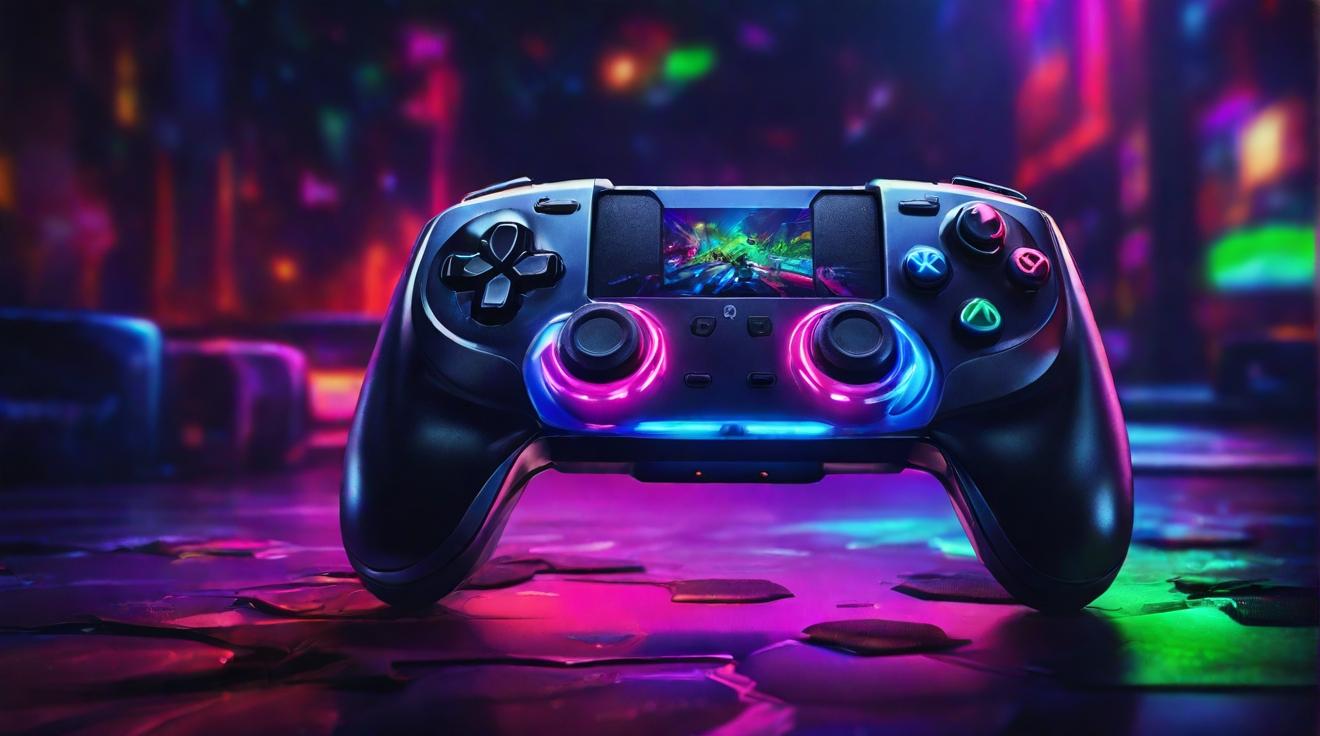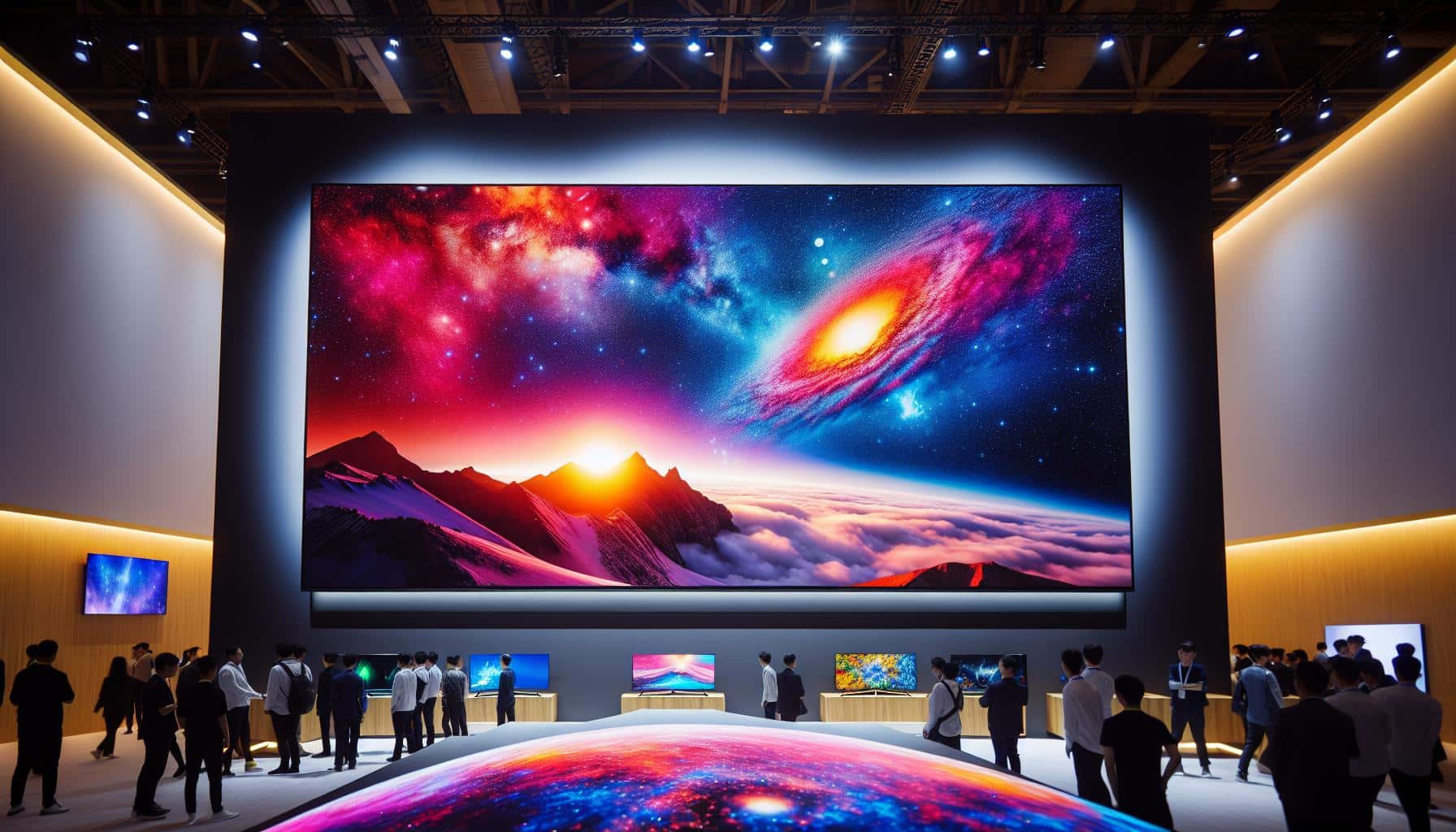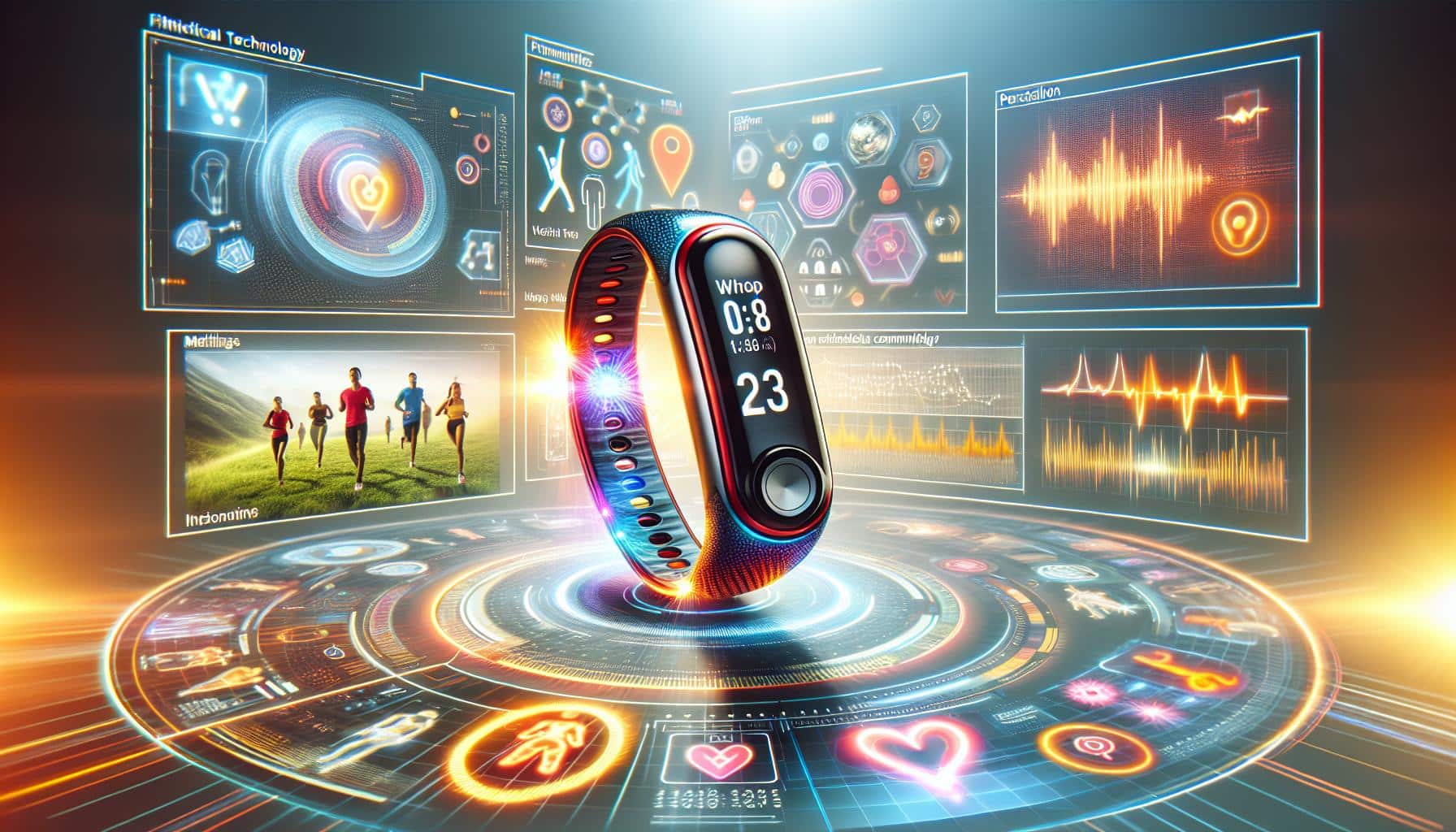U.S. Sets New Course for Vehicle-to-Everything (V2X) Technology
The U.S. Department of Transportation has unveiled a comprehensive roadmap to expedite the deployment of Vehicle-to-Everything (V2X) technology, targeting a significant reduction in traffic fatalities. This initiative aims to bolster the safety of American roads by enabling vehicles, cyclists, and even pedestrians to communicate seamlessly with one another and with road infrastructure.
Understanding V2X Technology
V2X technology refers to a wireless communication system that allows vehicles to send and receive data about their speed, position, and road conditions. Imagine your car warning you about an impending collision hidden by fog or a sharp turn. This is V2X in action—enhancing safety by providing insights that aren't visible to the naked eye.
The Safety Promise
Safety experts advocate that implementing V2X could prevent thousands of accidents annually. It not only aims to reduce crashes but also to minimize impact severity by alerting drivers to reduce speed during potential collisions. Jennifer Homendy of the National Transportation Safety Board emphasizes its potential, citing it as a critical tool in reversing the escalating trend of road fatalities in the U.S.
Regulatory Hiccups and New Plans
Despite its potential, V2X's rollout has faced obstacles, primarily due to regulatory ambiguities during previous administrations. The latest roadmap plans to cover 20% of the National Highway System with V2X infrastructure by 2028, and to activate V2X at intersections in 25% of major metro areas.
Challenges Ahead
The path to widespread V2X implementation is fraught with challenges, including funding the necessary infrastructure and safeguarding against cybersecurity threats. However, safety advocates argue that overcoming these hurdles is imperative given the technology's life-saving potential.
A Call to Action
Dan Langenkamp, a vocal advocate after the tragic death of his wife, urges a collective push towards this technological evolution. With the tools available to develop safer vehicles already at hand, he stresses the importance of fully leveraging V2X technology to transform the transportation landscape and save lives.
As the U.S. presses the reset button on V2X technology, the emphasis is clear: leveraging innovation to create safer, smarter roads for everyone.





